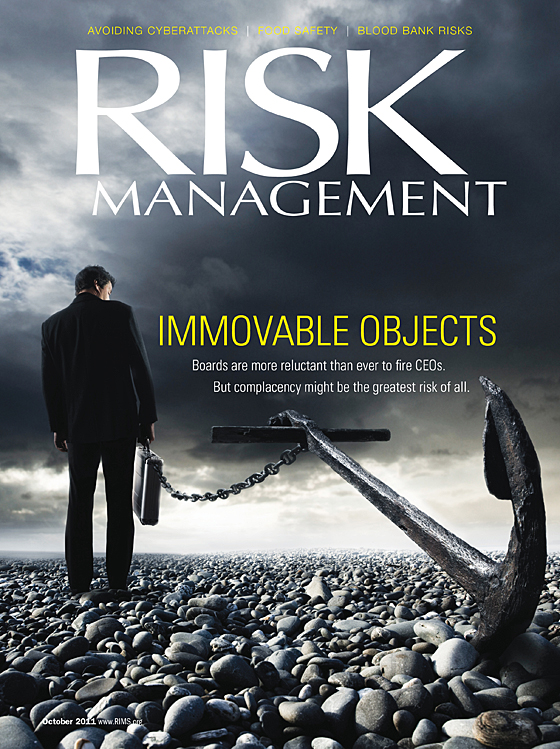It looks like businesses in the United States and the United Kingdom have seen slightly less litigation in 2011 compared to 2010. However, regulatory actions and internal investigations are climbing — this according to the latest Fulbright & Jaworski Litigation Trends Survey.
But corporate counsel doesn’t expect the trend in decreased litigation to continue. Many respondents expect the year ahead will bring more litigation (and even more regulation) as companies attempt to grow in an economy that remains volatile.
The vast majority of corporate counsel polled in the U.S. and the U.K. predict litigation will either rise or remain the same in the next 12 months: 92% of U.S. companies and 85% of U.K. companies. Of those, one-third of U.S. respondents predict an increase while 20% of U.K. respondents expect a rise in legal disputes in the coming 12 months. That compares with 31% and 16%, respectively, last year.
Why? And what sectors?
According to the report, stricter regulation and company growth topped the reasons cited for the anticipated increase in litigation. The industries bracing the most for an increase in litigation are technology, engineering, health care and insurance.
“Our survey respondents have a front-row seat to the increased scrutiny brought on by stricter regulatory enforcement,” said Stephen C. Dillard, the head of Fulbright’s global disputes practice. “This year, our survey confirmed a heightened level of governmental investigations focused on the energy and insurance industries, with the health care, manufacturing and engineering sectors not far behind.”
The report reveals that whistleblowers remain a concern in the coming year. More specifically, one-quarter of respondents anticipate an increase in the number of claims or lawsuits brought by whistleblowers next year. This year, 22% of respondents said their organizations were subjected to whistleblower allegations. Due to the Dodd-Frank whistleblower provisions, we can definitely expect more in litigation within this category for 2012. Companies, and more importantly, risk managers, should prepare themselves.




